Ever gazed at the Mona Lisa and wondered about her secrets? This iconic masterpiece, a symbol of Renaissance brilliance, holds mysteries that continue to intrigue us. Its priceless status and Leonardo da Vinci’s extraordinary skill make it a centerpiece of art history.
Recent discoveries have added more layers to its enigma. Scientists uncovered new details about da Vinci’s painting techniques, revealing his innovative use of materials like lead oxide powder. These insights bring us closer to the genius of the Italian Renaissance and the mysteries veiled in the Mona Lisa’s smile.
As we unravel these enigmatic facts, join us in exploring the world’s most famous painting. From its elusive subject to its impact on art and culture, the Mona Lisa remains an endless source of fascination.
Hanging in the Louvre gallery in Paris, this small portrait has bewitched art fans and critics for centuries. Featuring an unknown woman painted by Da Vinci with an enigmatic smile on her face, the true meaning of the painting is a hot topic. If you want to know more about this superb work of art, here are the ten most interesting facts about it.
10 – Identity of Mona Lisa Unknown

09 – The Smile

Aarrrrh, the famous Mona Lisa smile! Perhaps the best-known aspect of this work, any who has seen it knows the alluring yet enigmatic expression on Mona Lisa’s face. The big question for many is: What is she smiling about and is it a happy smile? The reason behind her expression is not really known and something that may never be confirmed. Recent research has looked into whether her smile is actually a happy one though. Dutch researchers’ developed a computer program in 2005 that suggested it was indeed a happy smile. The curious thing is though that people report the expression looking different from different viewing angles.
08 – Secret Codes
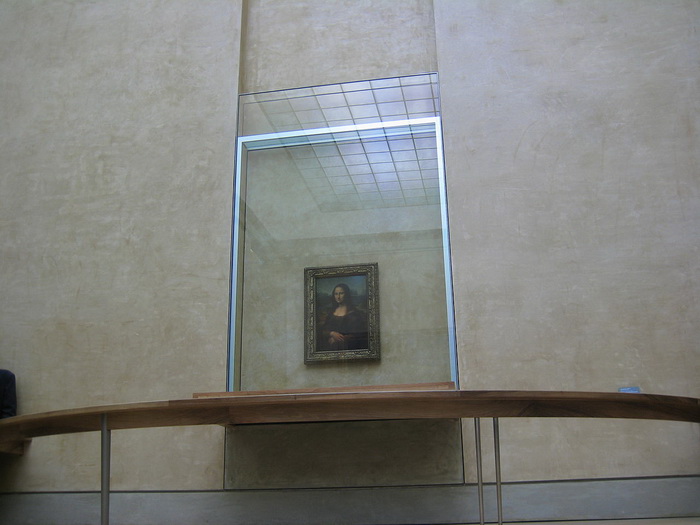
07 – The Mysterious Bridge

06 – Eyes That Follow You Around

Another very mysterious and some would say creepy aspect of this artwork is how the Mona Lisa’s eyes seem to follow you around the room. Whatever angle you are at to it and whatever distance, her gaze seems to watch you wherever you are! Many believe this is just the result of Da Vinci’s superior skills and knowledge of dimensions. By skillfully painting light and shadow into the picture, a sense of 3D depth is created also. Experts believe that this 3D effect is what makes the Mona Lisa’s gaze follow you around the room.
05 – Hidden Paintings Underneath

04 – A Secret Pregnancy?
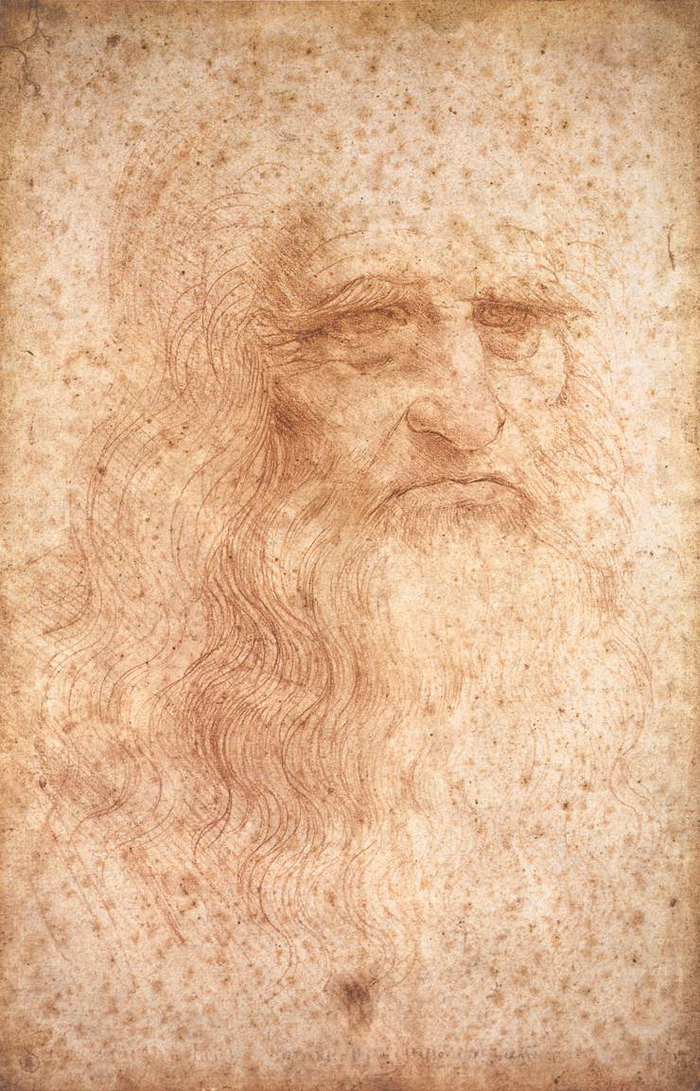
03 – Is The Golden Ratio At Work?
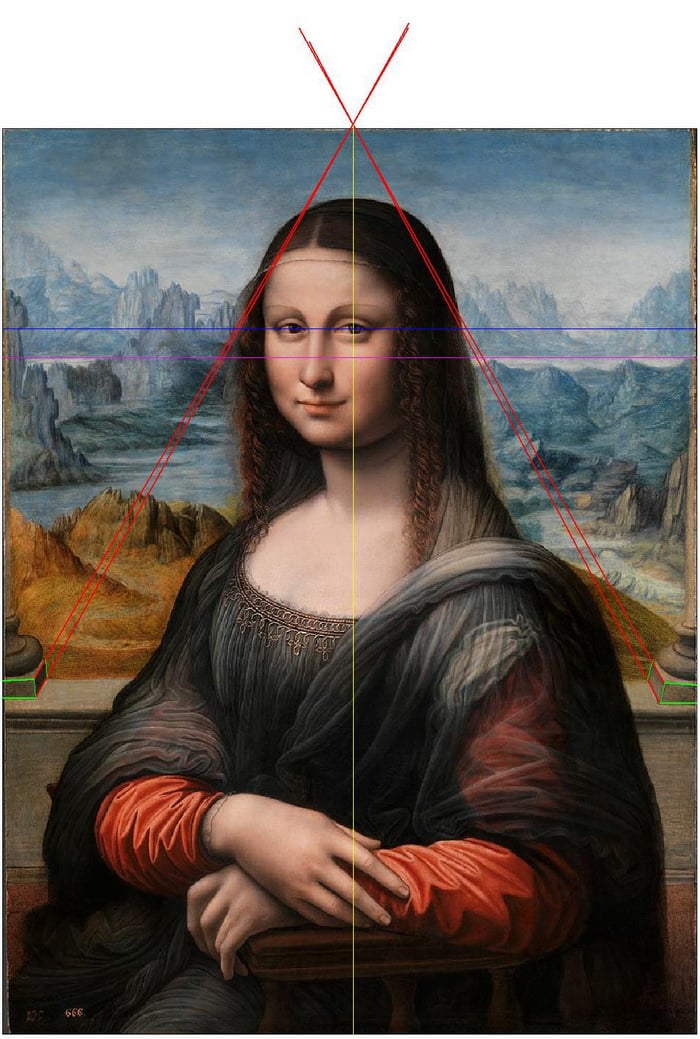
02 – Stolen – But Why?
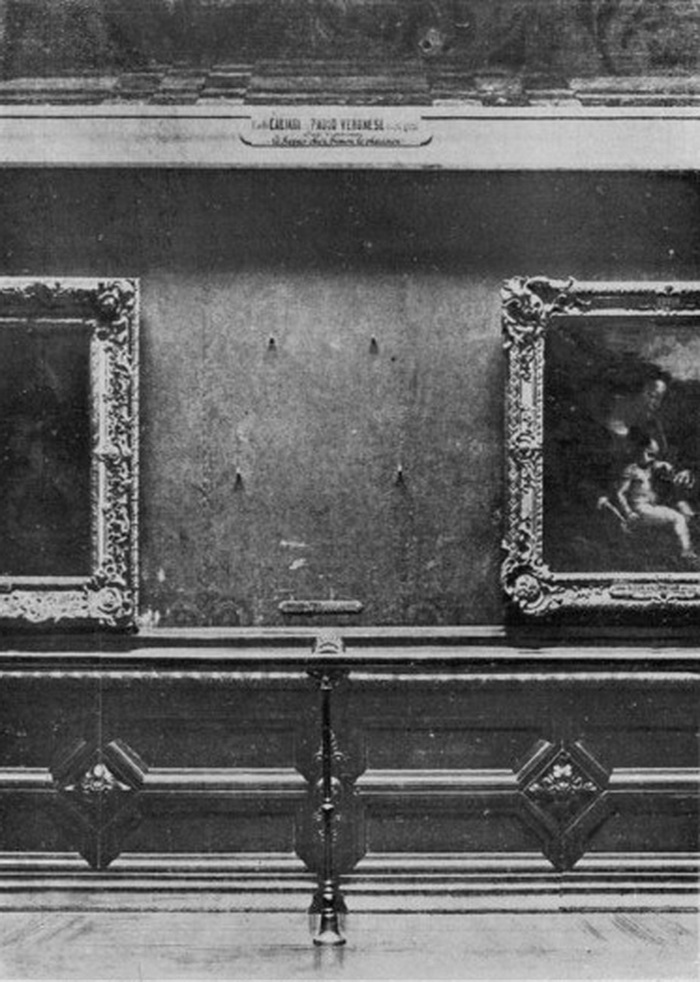
01 – Was The Mona Lisa Ill?
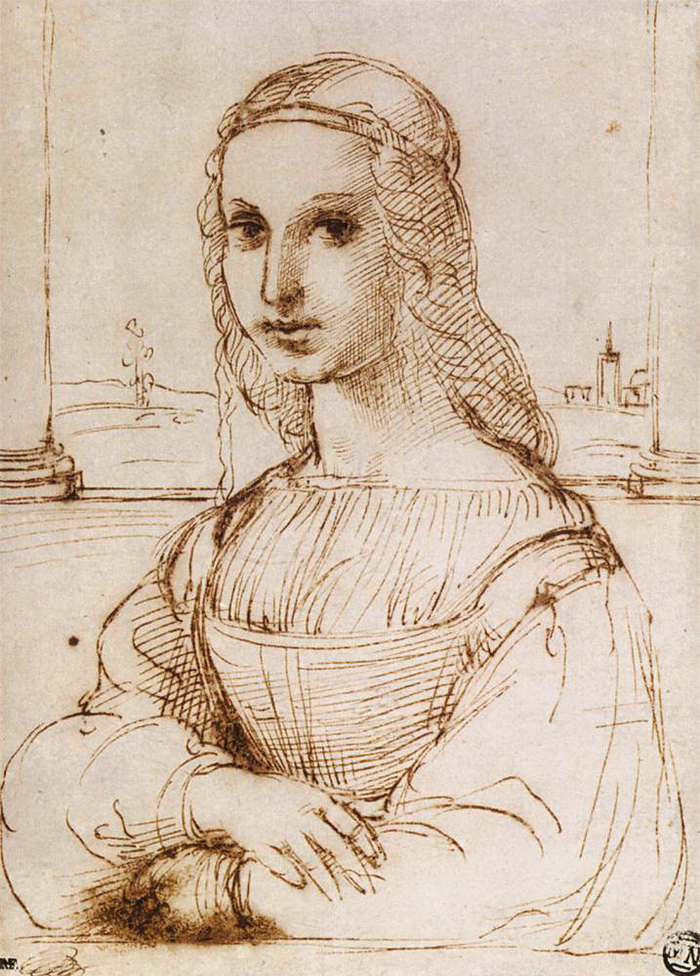
As you can see, there are many different mysteries and intrigues around the Mona Lisa. The funny thing is that Da Vinci himself would love this! As we wrap up our journey through the mysteries of the Mona Lisa, it’s clear that this painting is more than just a work of art. It’s a puzzle spanning centuries, still holding secrets. The enigmatic creepy smile and the subtle sfumato keep us guessing, drawing us back time and again.
Looking ahead, the Mona Lisa will undoubtedly continue to be a subject of fascination. As technology advances, who knows what other secrets we’ll uncover? Each discovery adds a new chapter to its story, keeping the allure of Leonardo da Vinci’s masterpiece alive.
So, the next time you see the Mona Lisa, remember: you’re not just looking at a painting. You’re witnessing a piece of history, a source of endless wonder. Here’s to the continued intrigue and discovery that the Mona Lisa brings to the world of art!
The Mona Lisa in Popular Culture: A Symbol Beyond Time
The Mona Lisa isn’t just a painting; it’s a cultural phenomenon. In the vast landscape of popular culture, it holds a unique place, intriguing audiences with its creepy Mona Lisa theories and scary facts. It’s remarkable how a single artwork can inspire such diverse interpretations and emotions.
Her smile, often seen as enigmatic or even eerie, has captivated not just art enthusiasts but filmmakers, musicians, and writers. The Mona Lisa facts have been a subject of fascination in documentaries, sparking theories that range from the plausible to the outlandish. In movies, her image has been used to evoke a sense of mystery, often leading characters down rabbit holes of intrigue and suspense.
In the digital era, the Mona Lisa has achieved viral fame. From memes that play up the creepy Mona Lisa angle to digital artists reimagining her in modern contexts, her image is omnipresent. Social media platforms have been instrumental in breathing new life into her legacy, making her more than just a painting in a museum.
Despite centuries of scrutiny, the Mona Lisa continues to hold secrets. Is her smile a mere artistic technique, or does it hint at something deeper? The theories range from the romantic to the eerie, adding layers to her mystique. These aspects have made her a subject of continuous study and interpretation, fueling the world’s fascination with her.
What’s clear is that the Mona Lisa transcends the boundaries of art. She’s a symbol of enduring beauty, an emblem of artistic genius, and a source of endless speculation and intrigue. As we delve deeper into her mysteries, she remains an enduring icon, continuing to inspire and captivate.

